Budapest, Hungary’s capital city is awe inspiring in every way. From its hot springs, to Chain Bridge, Parliament House and Fisherman’s Bastion, from paprika laden goulash to ruin pubs, fancy shopping streets and cruises on the Danube, Budapest has all. It is as much an affordable family destination, as it is a singles’ hangout.
To me, Budapest is architecturally beautiful, historically rich and a place I revisit as often as I can. On its streets I find traces of history and hope – and bright yellow trams welcoming the visitor warmly.
Budapest in a nutshell
Without doubt, Budapest is one of the most beautiful cities in Europe and it is not surprising that most of the city has been granted the UNESCO World Heritage Status. As I walked through the city, it seemed to effortlessly incorporate its fascinating history with a contemporary artistic style to create a magic not seen elsewhere in Europe. Hungary is where Eastern Europe meets Western Europe. Everywhere you can see the reflections of Ottoman, Austrian Habsburgs, and Soviet-led communist regimes — not just on its appearance, but also on people’s characters and food.
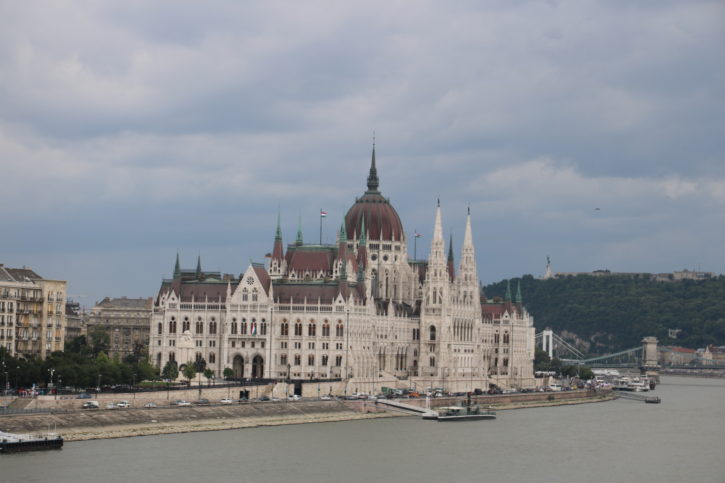
The City by the Danube is divided into Buda and Pest and has a long history of invasion and rebuilding. Budapest was created in 1873 by the merger of three cities: Buda, Óbuda and Pest, although its history began with the Roman town of Aquincum, founded around 89 AD on the site of an old Celtic settlement, near Obuda.
The laid-back lifestyle characterizes Budapest, which is great for a visitor that likes to take it easy – but what it really means is that cafés and restaurants spill out to the sidewalks stay open until the wee hours and the summers mean long drives into the countryside and picnics.
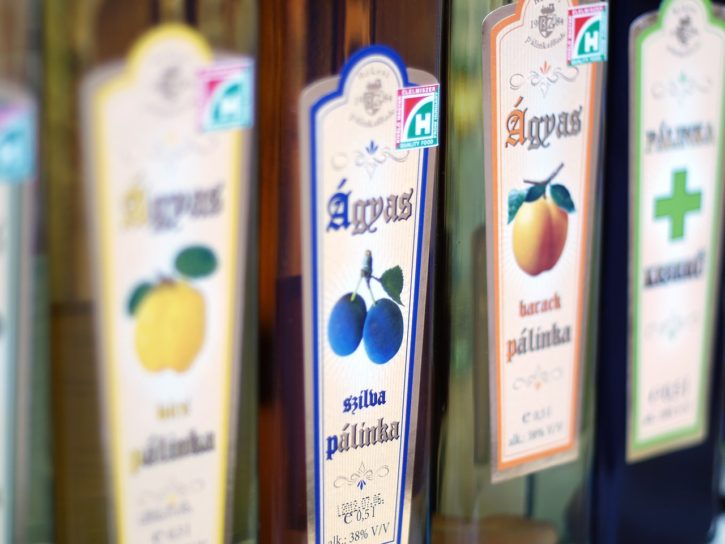
Budapest is also known for its dramatic skyline that is best seen via a cruise on the River Danube. From the river, you get to see the Parliament Building and a collection of stunning basilicas in all its glory.
The countryside is beautiful, if not downright spectacular to say the least and you will understand why it was the favourite of the Royalty.
Culture and tradition
Most buildings in Budapest that you see today were built during the Golden Era, when along with Vienna it was the capital of the Austro-Hungarian Empire (1867-1918). The architecture includes classical revival styles, art nouveau, art deco, and early modernism and even the neglected buildings usually hide elaborate details behind their sooty facades.
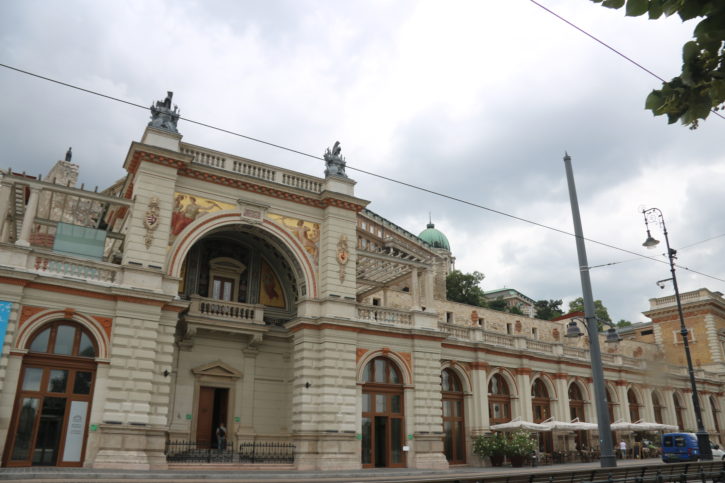
In the early 20th century, the population of Hungary was nearly 23 percent Jewish who contributed immensely to the city’s industrial, cultural, and urban fabric. Today, you can still visit Europe’s largest synagogue inside the Old Jewish Quarter.
Budapest is called the City of spas
As a tourist hotspot, Budapest is highly ranked, considering the many things you can do here – museums and thermal spas, cruises and food tours and everything in between. But we’ll talk about the spas here –
Budapest is nicknamed the “City of Spas” for good reason. What else could you call a city that has over 118 natural thermal springs? Housed within the world-famous Gellért Hotel, Gellért Baths is just one of a dozen spas where you can take advantage of spa water’s healing qualities.
With an abundant supply of mineral-rich hot springs, thermal bathing in Budapest goes back to the Romans. Today, the city has nine main baths that include both medieval hammams built by Ottoman Turkey and ornate Habsburg-era buildings. Let me safely add that on every visit I have ensured one, if not two visits to these waters for miracle cures to ailments.
Explore Ruin Pubs
That being said, my tryst with this beautiful city was made memorable with the one thing I did not expect – the ruin pubs. Who knew that this discovery would become the sole reason for me keep returning here?
So, Ruin Pubs is quite a misnomer – I mean, you’d imagine crumbled buildings with makeshift bars thronging with people looking for cheap drinks but with one experience you’ll realize that at the end of the day, the owners smile their way to the bank. The number of people who visit ruin bars are mind-numbing and there is nothing to suggest that these bars were anything but prosperous. It did occur to me that shabby-chic and artistic-vibe is what makes ruin-pub ta popular drinking spot. Whether it is for a shot of Palinka or Hungary’s numerous wines, ruin pubs are the obvious choice.
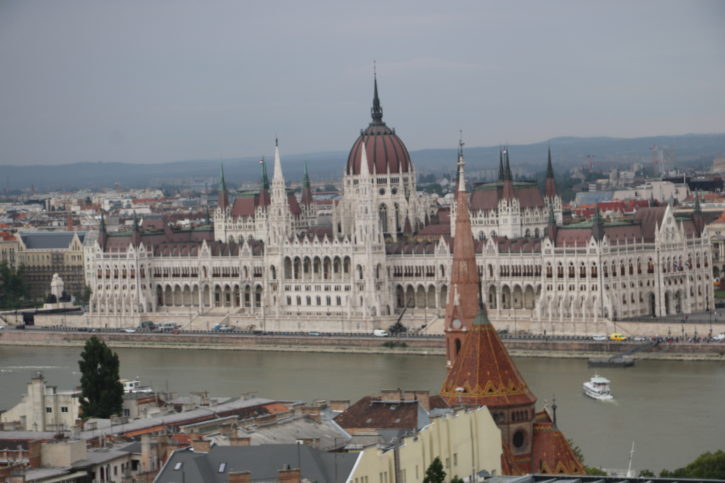
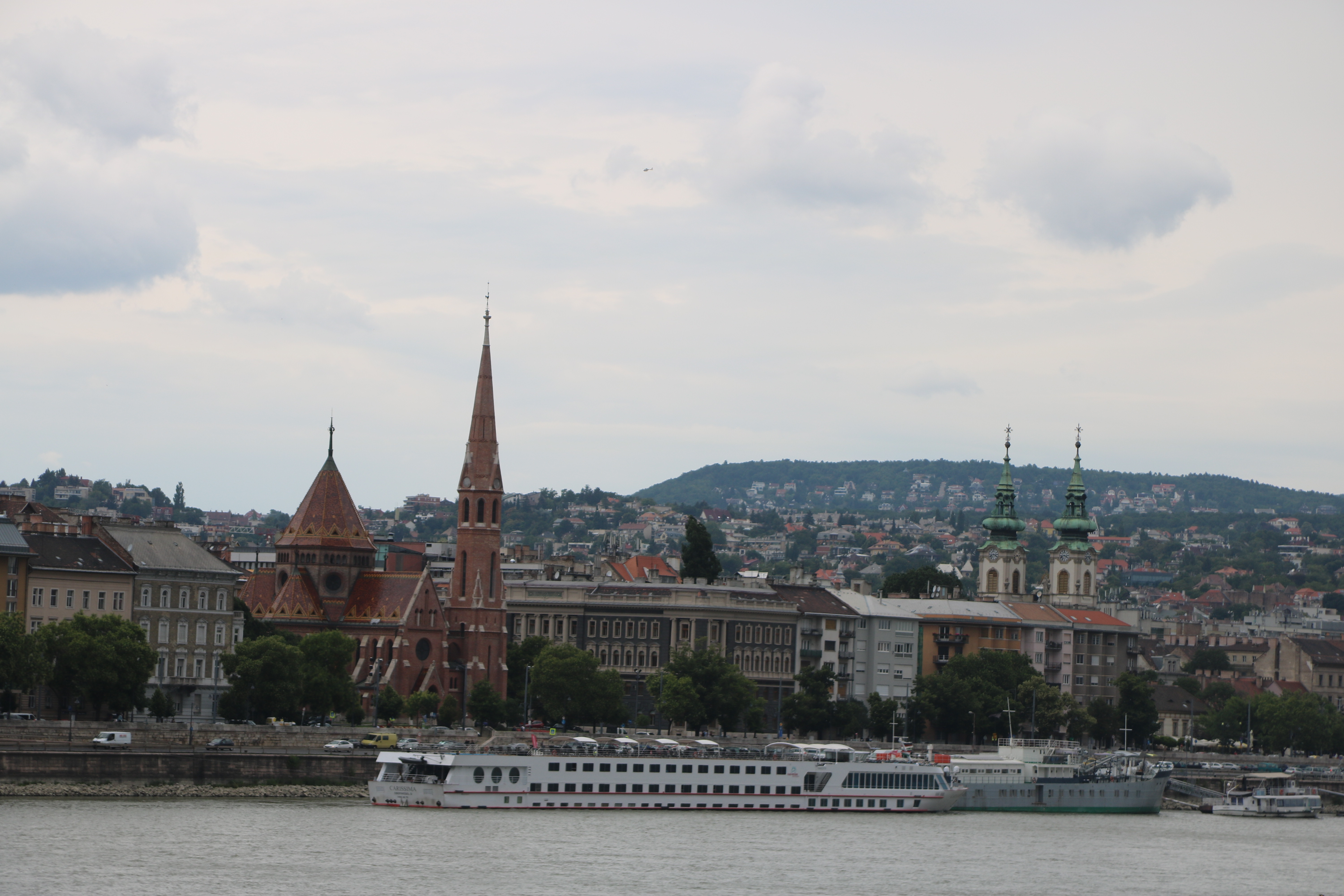
I have spent lots of time and Euro at several of these “holes” and despite my affinity for Palinka, I remember vividly the “loud patterns of animals, whales, teeth or equally garish sculptures” leaning out of walls of hanging tenaciously on the ceilings. Particularly memorable was my night at the Szimpla which adding to its rather creative vibe, suited to my artistic temperament very much.
The history of ruin pubs is quite straight forward – the area around the Jewish Ghetto (where the pubs are centered) remained dilapidated for decades following World War II. These bars thrive despite the real-estate threat and have become an iconic part of the cityscape, so much that people come to Budapest specially to drink in these crumbling watering holes.
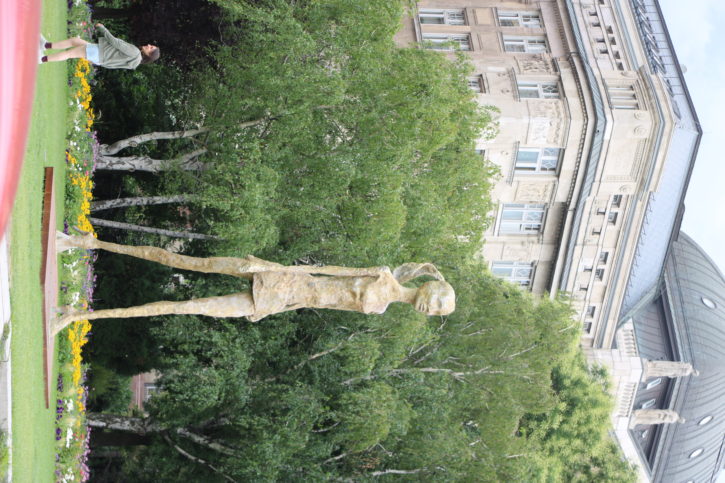

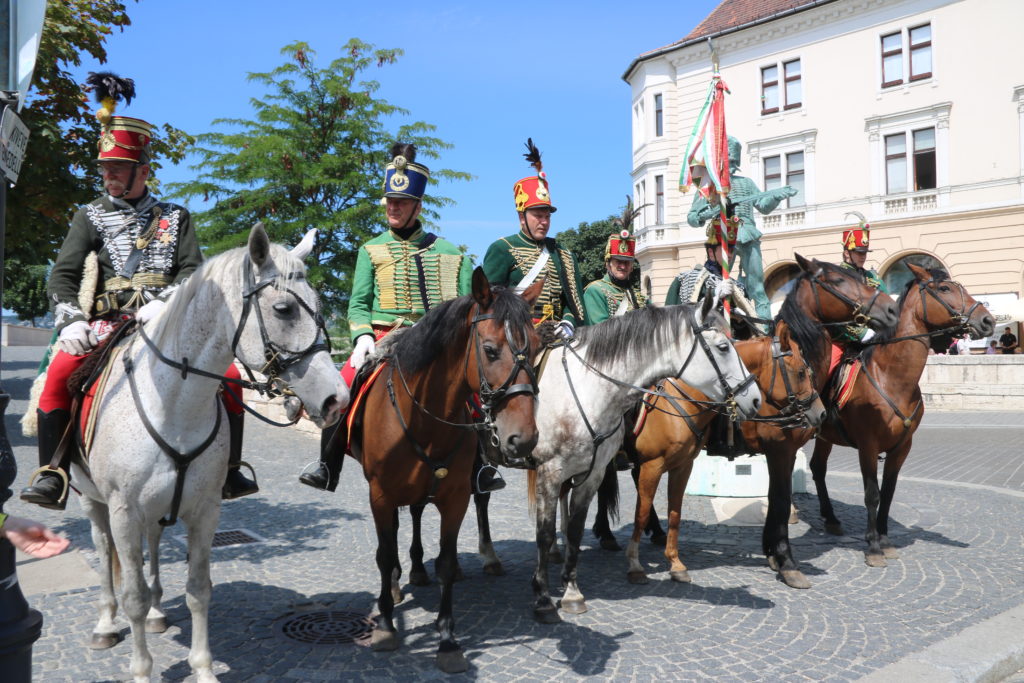
Quick itinerary
Heroes’ Square
This is home to an iconic monument which features depictions of the Seven Chieftains of the Magyars, who are believed to have led the Hungarian people from central Asia to the Carpathian basin. Atop the central pillar is the Archangel Gabriel holding the Hungarian crown. At either side of the central column are two matching colonnades, which depict a variety of other historical Hungarian figures. The impressive buildings at either side of the square are art galleries. Take care when crossing to the statue, because traffic around the monument can be erratic.
Margaret Island
This is a gift of nature right in the middle of the city. Margaret island in the Danube is car-free and was home to various monastic orders in medieval times, later the Ottomans set up a harem. Today, local residents stroll through the scenic parks and massive sycamore trees. One of the most famous features of the island is the “music fountain”, from which water regularly “dances” in time to classical music.
Danube Promenade
The stretch of walkway between Elizabeth Bridge to the Chain Bridge is extremely delightful for a stroll because it is the best way to many of the famous sights in the capital. Looking over towards to Buda side of the river, you will see the Buda Castle, the Liberty Statue on Gellert Hill and the Fisherman’s Bastion. On the Promenade side of the river you can enjoy restaurants, cafes, Szechenyi Istvan Square and a range of different sculptures, including the Little Princess.
| Don’t miss: Shoes on River Danube. A grim reminder of the horrors of war, the Shoes on River Danube is a memorial for the 3500 people who were shot and thrown into the river.
|
The Shoes on the Danube
The Shoes on the Danube Bank is a memorial of 60 pairs of shoes on the east bank of the Danube River. The memorial honours the Jews who were massacred by fascist Hungarian military during the WWII. They were ordered to take off their shoes, because they were valuable. The prisoners were then shot on the river bank, so they fell directly into the water.
Fisherman’s Bastion
Although this looks like a medieval monument, The Fisherman’s Bastion was built in the early 20th century in a neo-Gothic style, specifically to act as a panoramic viewing platform across the Danube, Margaret Island and Pest. The seven towers of the Bastion represent the seven Magyar tribes that helped to settle the Magyar people in the Carpathian Basin. Come at sunset to see a particularly beautiful view of the city.
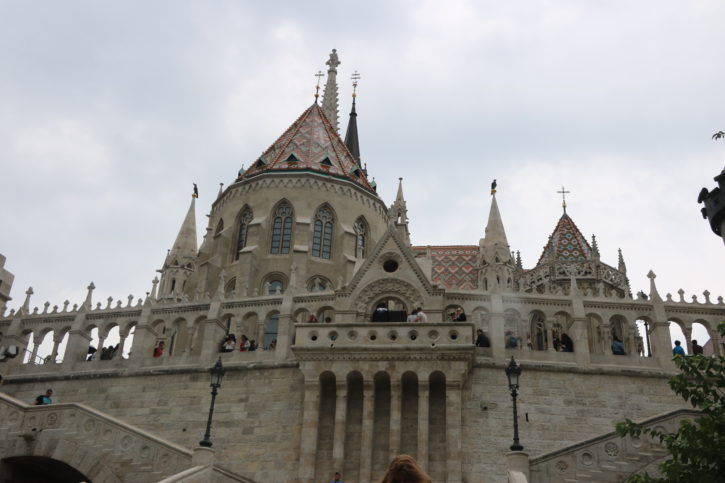
Become a foodie in Budapest
I could easily write a book on the food of Hungary. Because if you are a foodie (like me) with a little bit of interest in the food and its origin then you are in the right place. Budapest did not disappoint me – on the other hand it coaxed me into becoming a cook.
Knowing what to eat in Budapest can be a bit of a challenge, though. The choices are far too many – there is the humble street food and there are the Michelin starred restaurants – serving up equally delicious fried cheese or Paprikash or Fishermen’s Soup – but whatever be your choice, you won’t be disappointed. Traditional Hungarian food is delicious and flavorsome – but it is really surprising that it hasn’t spread farther than its border (or stretching it, to Czech Republic at best) – but to me that made me even more exotic. I looked forward to enjoying the flavours of Hungarian paprika.
A word for the non-experimental or less adventurous foodie – Budapest has a food mall, which means, you can simply eat your way through without having to walk too far!
Here are three National Favourites that definitely must try!
Goulash
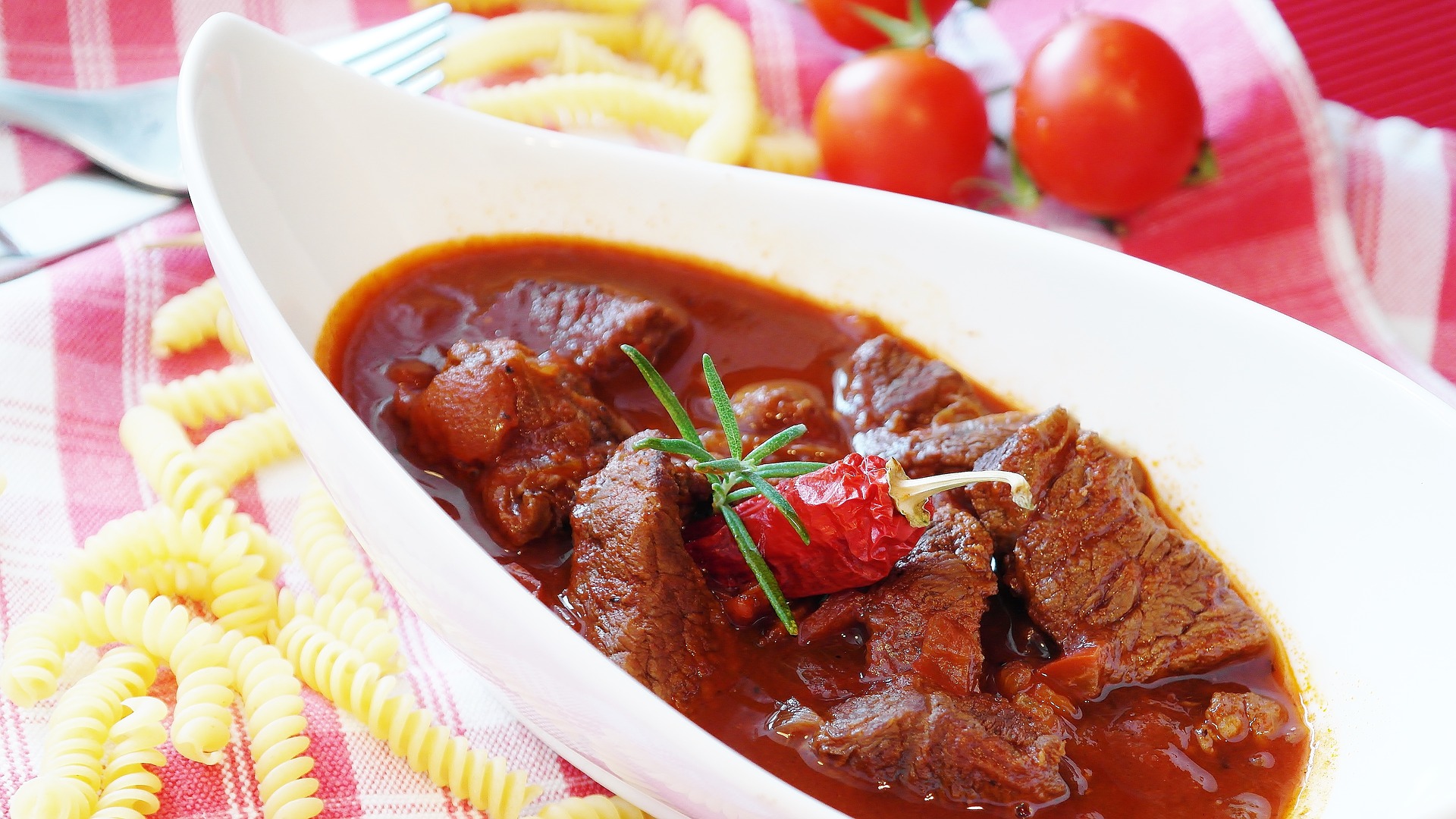
Quite easily the national favourite. I loved this so much that it has become a staple in my home too, given that I have so much Hungarian paprika that only reaches its true potential in goulash. Summing up goulash is easy – a beef stew loaded with paprika and vegetables. Served in a bread bowl adds to its exoticness. You can replace it with chicken or any other preferred meat – it is quite versatile.
Chimney Cake
So, like the name suggests, this one looks like a chimney, but it packs a deliciousness that is hard to put in words. If you’ve been to Czech Republic, you’ll be very familiar with this. But I’ll have you know that Chimney Cake (Trdnlink) is not Czech at all. You see them pretty much everywhere. It’s the best sweet dish you can relish here. It is simply a ribbon-like donut wrapped around a stick and filled with Nutella or ice cream or chocolate or simply coated with sugar and cinnamon.
Stuffed Cabbage
This dish is a favourite across Eastern Europe, but in Hungary, it has a special place and is believed to have come from the Magyar tribes. Today’s version comes with picked cabbage wrapped around slow-cooked meat and rice. Pair it with sour cream and you are set.
Palinka
This fruit brandy is a drink that could put you out of business pretty quickly. Palinka is Hungary’s national drink and is potent. It is said that the homemade version is easily at 80-90% alcohol (do the math) but a more scaled down commercial version lingers around 40 per cent which is enough to discourage a horse.
That being said, there are many options for a tippler to indulge – with many wines and beer varieties to choose from.
Indulge in your love for horses
I have shared a love-hate relationship with horses since 2004 when I was thrown off one. That changed with the horses of Lazars at the Lazar Equestrian Park, thirty-five kilometers from Budapest near the Baroque town of Godollo.
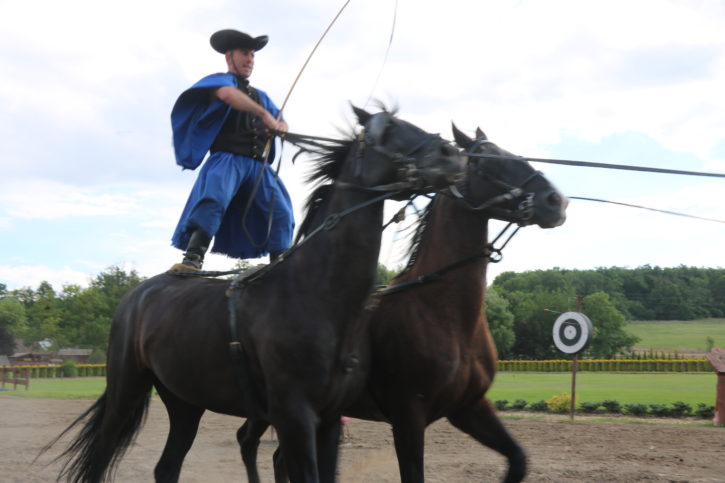
The moderately long drive took me past stunning landscapes into the heart of Domony and I imagined myself to be riding a horse under the clear blue skies till the end of eternity… but that was until I came to Equestrian Park itself and right into the middle of a horse heaven.
The Lázár Equestrian Park owned by the coach driving world champions, Vilmos and Zoltán Lázár nestles among the picturesque lakes of the Gödöllő Hills. It is a favourite destination of local and international tourists.
Here, you see the famous Lipizzaner stallions and the display of horsemanship by the riders in such a stunning backdrop.
Let me go back to the beginning. As soon as I arrived, I was greeted with a glass of pear palinka and fresh scones. The palinka set me up for the adrenaline filled event that was about to begin.
The Lázár Equestrian Park provided venue for several gala dinners of the European Union Presidency in the past. Before the event, I busied myself with the farm-zoo with an interesting mix of farm animals, some rare. Ponies, cows, pigs, goats, sheep, dogs, turkey and few other animals happily munched on fodder. Despite the excellent enclosure they were housed in, it was like going back in time.
The horse show is enthralling. The riders, dressed in the style of the Hungarian horsemen of yore, are very skilled and represent the origins and styles, history of the horses and the role of the horses in the history of Hungary. The horsemen put up an excellent display of horseback archery, javelin throwing and whip cracking. If you pay attention to the narration, you’ll learn a thing or two – including how the term Goulash Soup came to be. What particularly impressed me was a horseman standing on the rumps of two black galloping horses and driving three more ahead.
But, watch out for the little donkey comedy – the ass is the showstopper!
| Godollo is renowned for its association with Queen Elizabeth, wife of Franz Josef Emperor of the Austro-Hungarian Monarchy. The restored Baroque Palace originally Grassaldovich Mansion was the favourite residence of the Queen affectionately known as “Sissy”. |

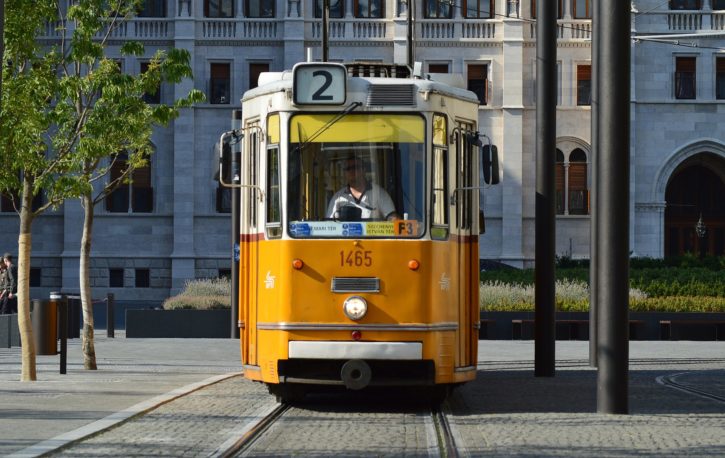
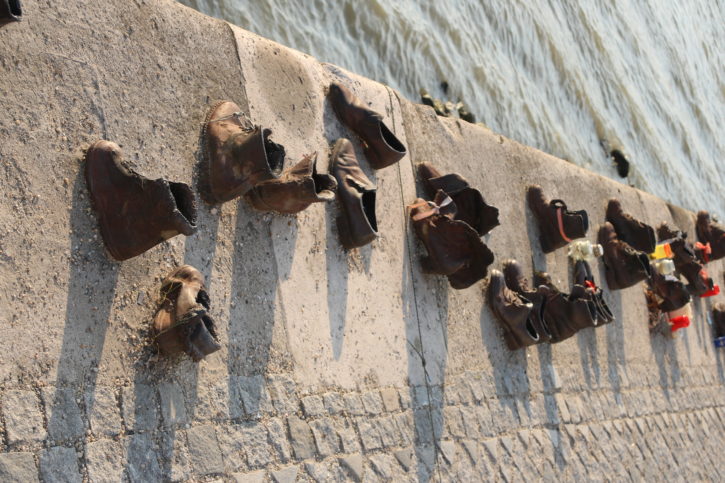


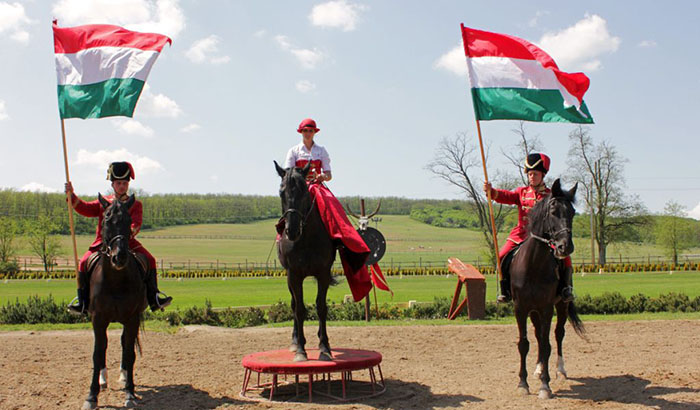
Very interesting post to read! Your writing style is impressive, and you’ve utilized it very effectively to keep readers glued to the post. I will say that the post has excited me to visit Budapest.
Thank you. hope you enjoy your visit to Budapest.